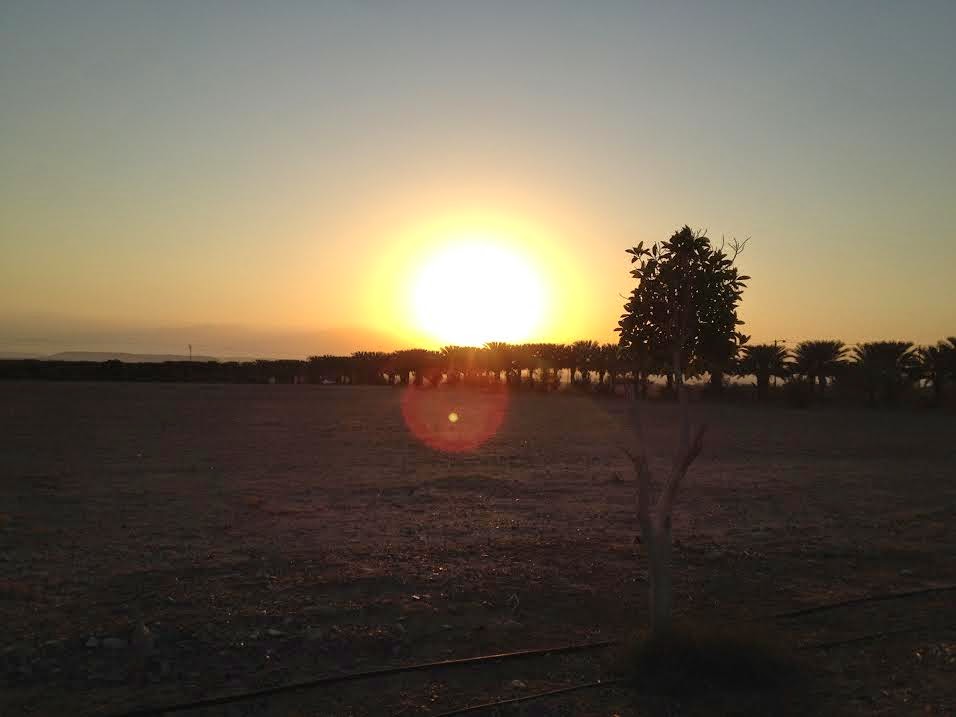Jewish geography
is an interesting game, one which I get to play fairly regularly here in Israel.
I meet someone, and within the first five minutes, we have found a connection
of one kind or another. Perhaps even more poignant is the fact that wherever I
go, I bump into people that I know from Australia and occasionally even from
South Africa and England. Today I had a
particularly unusual experience! I came across someone I’d met once in the
Arava – albeit extremely briefly – sitting on the grass on the promenade which
leads to Emek Refaim in Jerusalem. It went something like this...
Having
spent a few days in Gush Etzion, which included a wonderful seder with Yossi
and Chana Tsurel and their family, I decided to join Chana in Jerusalem today.
She dropped me off at the old train station near Emek Refaim which has been turned
into a bustling area filled with shops and restaurants. After strolling around
and enjoying the warm weather and holiday atmosphere, I was making my way
towards Emek Refaim to window shop and have a coffee when I heard someone call
out: “Mrs Sabel”. And there was Yoni, the Zionist madrich who is at present
working at Bialik College in the informal education department. He lives in the
area and as he was walking home, he recognised me from the back! We chatted
briefly, swapped numbers and I continued on my way …
A minute
later, just before I turned off the promenade, I noticed someone sitting on the
grass. I recognised the face but couldn’t place it. Australia – no! South
Africa – also not! England – definitely not! Which left Israel … but where in
Israel? And then the penny dropped. I’d attended a lecture of hers at Limmud
Arava in March which questioned whether society can still use the axiom of what
‘a reasonable person’ would have done in a given situation to decide whether a
person is guilty or not. I’d sat through the lecture and understood all of it,
but had wanted to clarify the difference in Hebrew between murder and manslaughter,
so I’d stayed behind after the lecture to ask.
And so it
was that I joined Dr Orit Kamir and her friend on the grass and we talked about
Israeli society, what constitutes a reasonable person and why on earth I would want
to spend six months living in Israel if my home is in Australia, a great place
to live according to the general consensus. And I agreed! Australia is a great
place to live and I am very grateful to have a home there. But for better or
for worse, my soul resides in Israel and right now, I am in the process of
creating a path which will enable me to live happily in two places – literally and
virtually.
I am
confident that together with those I love, I will succeed in paving a way that
will enable me to merge my two worlds, thereby minimising the internal conflict
with which I have contended for so many years. And I look forward to many more
episodes of interesting Jewish geography!






